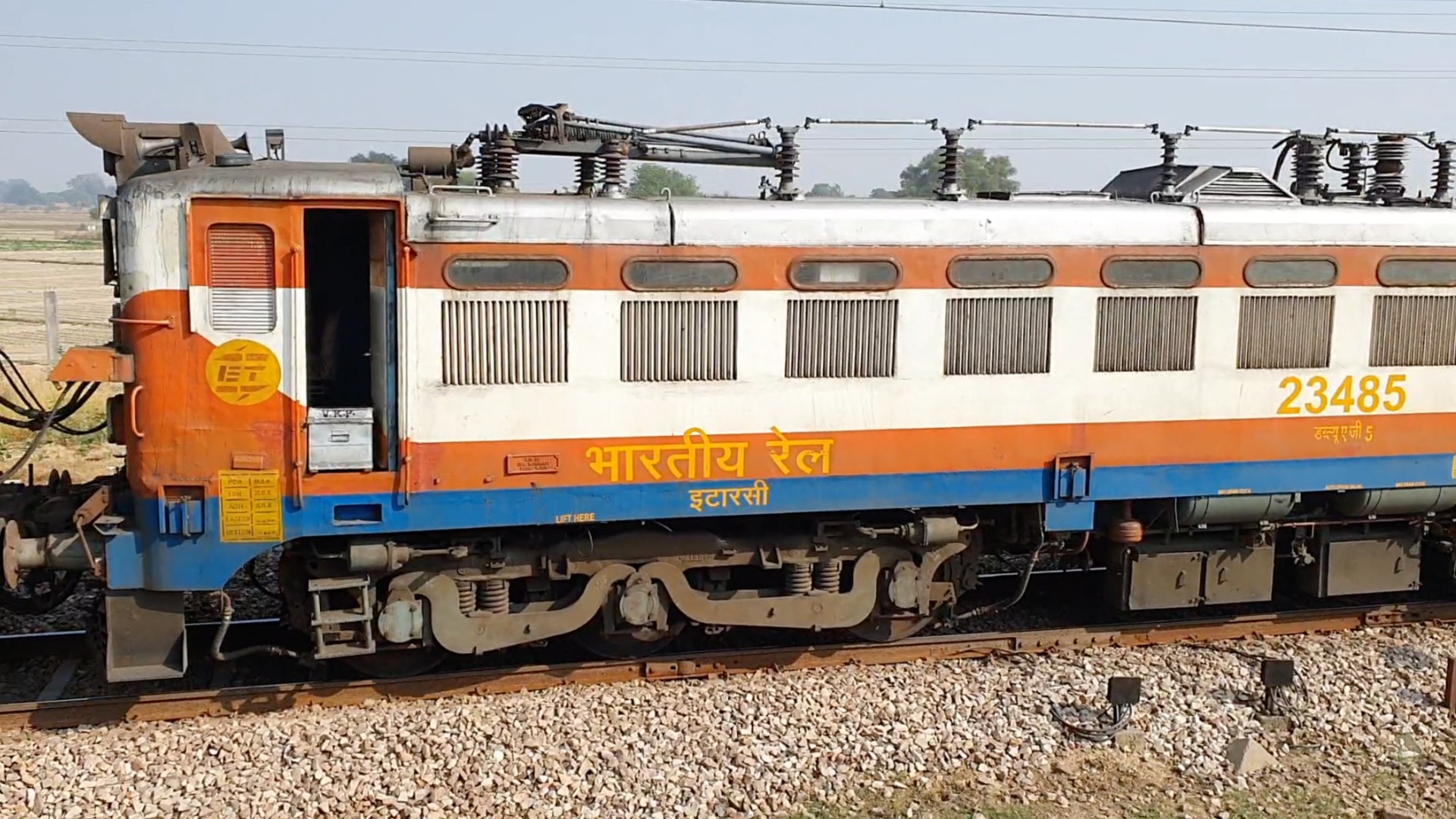Study Reveals Intensification of Hydroclimate Extremes in Indian River Basins

New research suggests that hydroclimate extremes in the Indian River Basins (IRBs) will become more intensified in the near future. This study, conducted by a team led by Prof. R. K. Mall, Coordinator of the Department of Science & Technology-Mahamana Centre of Excellence in Climate Change Research (DST-MCECCR) at Banaras Hindu University (BHU), has significant implications for climate change and urban planning in India.
The research utilized high-resolution simulated precipitation data from the Coupled Model Intercomparison Project-6 (CMIP6) experiments to project the future hydroclimate extremes across different Indian River Basins. The findings indicate that there will be an increased frequency of extreme rainfall in the Western Ghats and Northeast river basins, along with a rise in heavy rainfall intensity (14.3%) in the Upper Ganga and Indus basins. Severe droughts are also expected to intensify.

The study, published in the renowned journal Earth’s Future by the American Geophysical Union (AGU), warns of the potential consequences of these changes. Increased hydroclimate extremes have led to a surge in flood-related disasters, higher mortality rates, and economic losses, impacting India’s gross domestic product. The research emphasizes the need to identify hotspot regions within the IRBs most vulnerable to these extremes to prioritize urgent policy interventions, mitigation, and adaptation strategies.
The research highlights the potential for agricultural drought in the lower Ganga basin due to declining mean rainfall. It urges policymakers to develop strategies to manage both water surplus and scarcity.

Furthermore, the study projects a 4% to 10% increase in heavy rainfall over the western Indian River basins, particularly over the West flowing River Kutch & Saurashtra, including Luni, Indus, and Upper Ganga River Basins. Under specific carbon emission scenarios, a significant change of about 30% precipitation per day is anticipated in the mid-future.
The results indicate that these shifts in hydroclimate extremes could have far-reaching impacts on agriculture, public health, and socio-economic conditions. Identifying major hotspots in highly populated cities susceptible to future urban flooding is a critical step in designing basin-specific climate adaptation and mitigation strategies. These strategies encompass water management and emergency services policies to minimize risks associated with extreme events in the basins.




